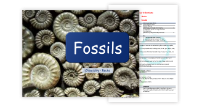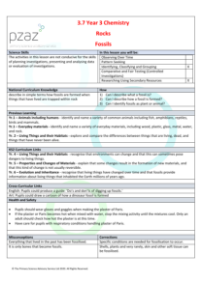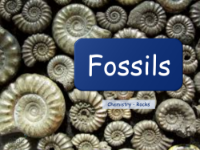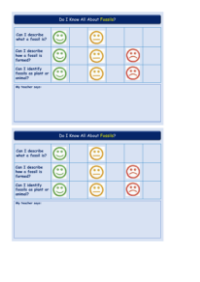Fossils - Teacher Explanation

Science Resource Description
Welcome to lesson 3.7 on Fossils, part of the Year 3 Unit on Rocks. In this session, we aim to help pupils understand the process of fossil formation in a manner that aligns with the national curriculum. Students will learn the basics of how living organisms, once trapped in rock, become fossils over time. For the practical aspect of this lesson, it's important to note some health and safety considerations. When working with plaster of Paris, pupils are advised to wear gloves, and should they feel the mixture heating up, they must stop and seek adult supervision to ensure safety. Additionally, as plaster of Paris can be a respiratory irritant when airborne, caution is advised, especially for those with respiratory conditions. This lesson also offers opportunities for cross-curricular learning, where students can explore writing instructions in English or create artistic representations of fossil formation in Art.
During the hands-on activity, students will craft their own fossils using simple materials such as pebbles, twigs, flour, salt, and water to create salt dough. The method involves mixing flour and salt, gradually adding water to achieve the right consistency, and then shaping the dough to form a base for the fossil imprint. Pupils can use natural materials or their own drawings to create impressions of dinosaur fossils, such as a Stegosaurus, which they will then bake to set the form. This engaging activity not only teaches about the fossilization process but also allows for creativity and discussion on the effectiveness of their models. By the end of the lesson, the aim is for pupils to have a clearer understanding of how fossils are formed and the significance of these remnants from the past.





